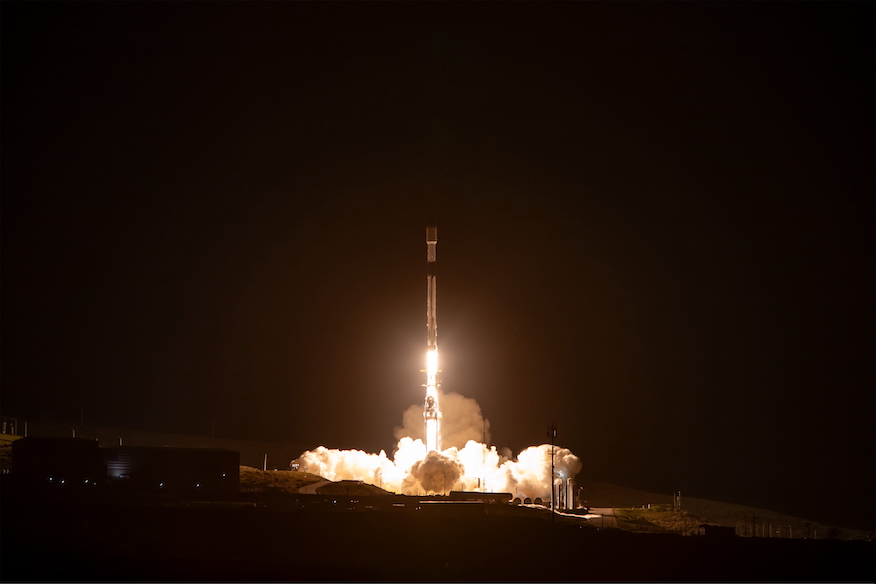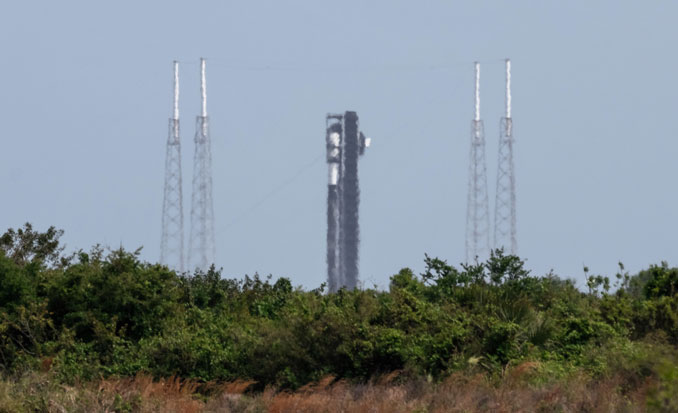
SpaceX launched a Falcon 9 rocket with another 20 Starlink satellites from California Wednesday night.
The Starlink 9-11 mission will feature 13 satellites that include Direct to Cell capabilities. Liftoff from Space Launch Complex 4 East (SLC-4E) from Vandenberg Space Force Base happened at 9:23 p.m. PST (12:23 a.m. EST, 0523 UTC ).
The Falcon 9 first stage booster supporting this mission, tail number B1082 in the SpaceX fleet, will launch for an eighth time. It previously launched USSF-62, OneWeb 4 and five Starlink missions.
A little more than eight minutes after liftoff, B1082 landed on the SpaceX droneship, ‘Of Course I Still Love You.’ This was the 108th landing on OCISLY and the 367th booster landing to date.
Following a pair of launches on Monday, Kiko Dontchev, SpaceX’s vice president of launch, said the company has 26 more launches on its manifest before the end of the year. The Starlink 9-11 mission is set to be followed by the Starlink 6-68 mission, which may launch as soon as roughly six hours later.
Happy Veterans Day Double Header!!! Thank you to all who have served.
26 launches remain with 50 days to go in 2024. #grit https://t.co/idjwhD7mFL
— Kiko Dontchev (@TurkeyBeaver) November 11, 2024
SpaceX is also close to completing its primary, initial Direct to Cell constellation within the larger Starlink landscape. Following the Starlink 9-11 mission, Ben Longmier, SpaceX’s senior director of satellite engineering, said there will be three more launches to round out the constellation.
That would amount to 39 more DTC Starlink satellites, assuming SpaceX continues to launch them in batches of 13.


